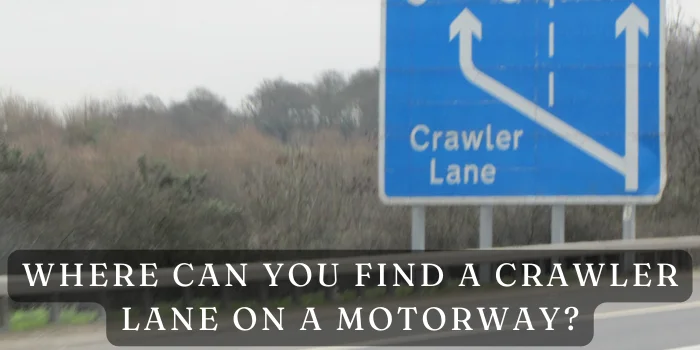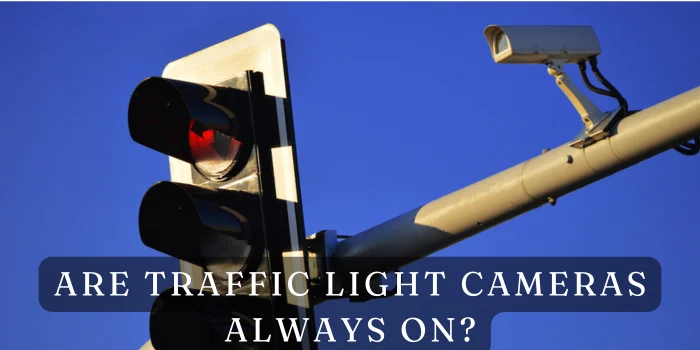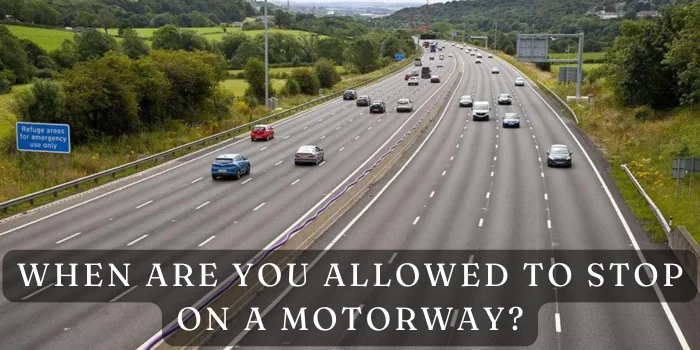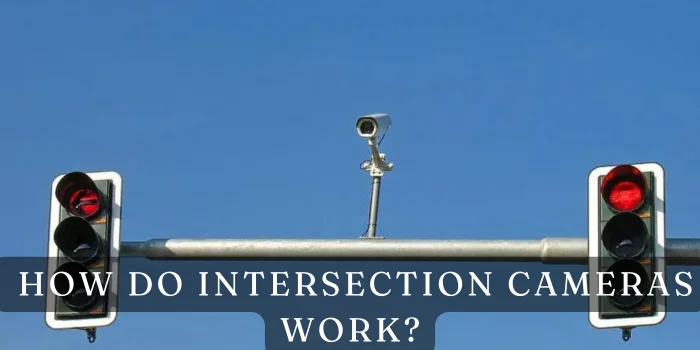What Vehicles Are Not Allowed in the Fast Lane?
Navigating motorways can sometimes feel like a puzzle, especially when understanding the road rules. One area where drivers often need clarification is using the fast lane. Knowing which vehicles aren’t allowed in the fast lane is essential for safety and smooth traffic flow, whether you’re a seasoned driver or new to the roads. So, let’s dive in and clear up the confusion!
Understanding the Fast Lane:
What Is the Fast Lane?
First things first—what exactly is the fast lane? On UK motorways, the fast lane is typically the lane furthest to the right. It’s intended for overtaking slower vehicles in the middle or left lanes. It’s not a lane for cruising along; its purpose is to facilitate smooth traffic flow by allowing drivers to pass slower-moving vehicles.
Why Do We Have a Fast Lane?
The fast lane isn’t just there for speed demons; it’s crucial to managing traffic on busy roads. Having a designated lane for overtaking helps prevent bottlenecks and keeps the traffic moving at a steady pace. But this only works when everyone understands and follows the rules.
Common Misconceptions About the Fast Lane:
Who Can Use the Fast Lane?
One of the biggest misconceptions is that anyone can use the fast lane if they’re going fast. However, that’s not the case. The fast lane is not a free-for-all. There are specific rules about who can and can’t use it, which we’ll get into shortly.
Misunderstandings About Speed Limits:
Another common myth is that you must drive at a certain high speed in the fast lane. While it’s true that you should be overtaking slower vehicles, the speed limit still applies. Driving over the limit can result in fines or penalties, even in the fast lane.
Vehicles Restricted from Using the Fast Lane:
Heavy Goods Vehicles (HGVs):
Heavy Goods Vehicles, or HGVs, are prohibited in the fast lane. These large, heavy trucks are restricted to the two left-most motorway lanes. The reasoning is simple: these vehicles are slower to accelerate and can create hazards if they attempt to overtake in the fast lane.
Large Buses and Coaches:
Like HGVs, large buses and coaches are also banned from using the fast lane. Due to their size and the number of passengers they carry, these vehicles must stick to the slower lanes to maintain safety and avoid disrupting the flow of faster traffic.
Towing Vehicles:
The fast lane is off-limits if you’re towing a trailer or caravan. Towing reduces your vehicle’s ability to accelerate and manoeuvre quickly, making it dangerous to occupy the fast lane. It’s safer for all road users if towing vehicles stay in the left lanes.
Why Are These Vehicles Restricted?
Safety Concerns:
Safety is the primary reason these vehicles are restricted from the fast lane, but larger vehicles are more difficult to control at high speeds. They can cause severe accidents if something goes wrong. Keeping them out of the fast lane reduces the chances of high-speed collisions.
Traffic Flow Efficiency:
Allowing only faster-moving vehicles in the fast lane helps maintain a steady traffic flow. When larger or slower vehicles occupy this lane, it can lead to traffic jams and unpredictable driving conditions, which can be frustrating and dangerous.
Legal Consequences for Misusing the Fast Lane:
Fines and Penalties:
Using the fast lane when you’re not supposed to can lead to fines and penalties. The police regularly monitor motorway traffic, and if you’re caught driving a restricted vehicle in the fast lane, you could face a hefty fine.
Impact on Driving Records:
In addition to fines, misusing the fast lane can negatively impact your driving record. Accumulating points on your licence can lead to higher insurance premiums and, in some cases, a driving ban.
How to Use the Fast Lane Properly:
Overtaking Rules:
The fast lane is for overtaking, and that’s it. Once you’ve passed the slower vehicle, moving back into the middle or left lane is essential. Staying in the fast lane unnecessarily can cause frustration for other drivers and lead to dangerous situations.
When to Return to a Slower Lane:
You should return to a slower lane as soon as you’ve overtaken. This keeps the fast lane clear for others who need to overtake. It’s a simple practice that keeps the roads safer and traffic smooth.
Conclusion:
Understanding who can and can’t use the fast lane is crucial for safe driving on UK motorways. Heavy goods vehicles, large buses, coaches, and towing vehicles are all restricted from this lane for good reasons—mainly safety and traffic efficiency. By following these rules, we can all contribute to a safer and more pleasant driving experience.
FAQs:
Can motorcycles use the fast lane?
Yes, motorcycles are allowed in the fast lane as they are considered fast-moving vehicles capable of overtaking slower traffic safely.
Are there exceptions for emergency vehicles?
Emergency vehicles are an exception and can use the fast lane even if they would typically be restricted due to their size or speed.
What happens if I stay in the fast lane without overtaking?
Staying in the fast lane without overtaking is not recommended and can lead to fines for lane hogging. It’s best to move back to a slower lane after overtaking.
Are electric vehicles treated differently?
Electric vehicles are not treated differently; they must follow the same rules as petrol or diesel vehicles regarding lane usage.
How do I report misuse of the fast lane?
If you see someone misusing the fast lane, you can report it to the local police with details such as the vehicle’s registration number, location, and time of the incident.






